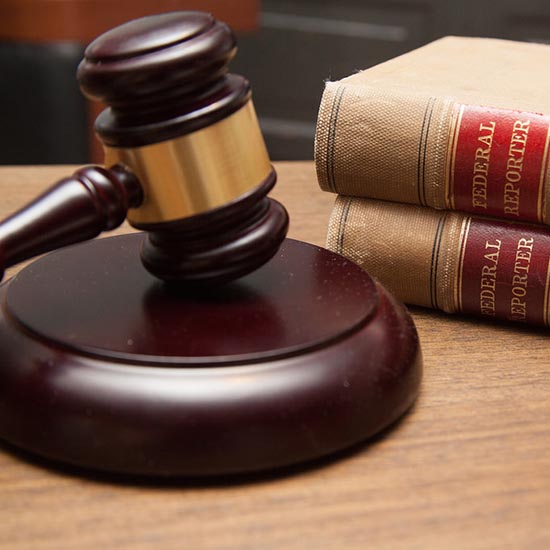
Notice of Objection
April 4, 2018
What is “Probate”?
April 11, 2018Commonly an Estate litigation matter involves a dispute over the rightful owner of one major significant asset like, for example, a home. Depending on the location of the property it could be appraised at anywhere between $500,000.00 to upwards of $2,000,000.00. Therefore, the entitlement to a significant amount of money may be in dispute.
In this scenario, the applicant and/or objector (the “Applicant”) must consider whether or not it is appropriate to attempt to preserve this asset and attempt to prevent its disposal, conversion, sale, etc. (“Sale”). The Applicant may desire to do so if they believe that any of the estate assets will be (or already have been) improperly dealt with. In this case, there are a number of options but for simplicity this article will consider two, being the following;
- Obtaining a Preservation Order over any assets belonging to the deceased during his/her lifetime and/or any assets forming part of the estate (“Preservation Order”); and,
- Obtaining a Certificate of Pending Litigation (“CPL”).
A Preservation Order is a court order often obtained by litigants who seek to “freeze” all the assets of an estate throughout the duration of the litigation. Depending on the content of the Order granted, a Preservation Order may prevent the Sale of any asset without the consent of all beneficiaries, until a resolution or decision in the litigation is reached, without leave of the court and/or until an Estate Trustee During Litigation (“ETDL”) is appointed.
Sometimes, a Preservation Order is the option more suited for litigation as it prevents the distribution of any estate assets rather than just a single, major asset like a family home.
A CPL is an often used tool in order to preserve real property and unregistered interests in such property. The test to obtain a CPL is that there must be an interest in land in question and there must be a reasonable claim to that interest in land. In order for a CPL to be obtained or maintained, there must be a reasonable claim to the interest in land. The onus is on the party opposing the CPL to demonstrate that there is no triable issue in respect to whether the party seeking the CPL has a reasonable claim to the interest in land.
A CPL is often sought when the estate’s sole major asset is a property and the ownership of said property is at issue.
Rather than obtaining a CPL and registering on the property, it is common for the parties to simply consent to the execution of an undertaking (which is essentially a legally binding written promise) that the estate will not sell, dispose of and/or encumber the property until such time as the litigation is resolved or completed. In some circumstances an undertaking will satisfy the concerns of the Applicant.
Either a Preservation Order or CPL can be sought in the initial Application and can be sought at the Motion for Directions, which often proceeds on a consent basis.


